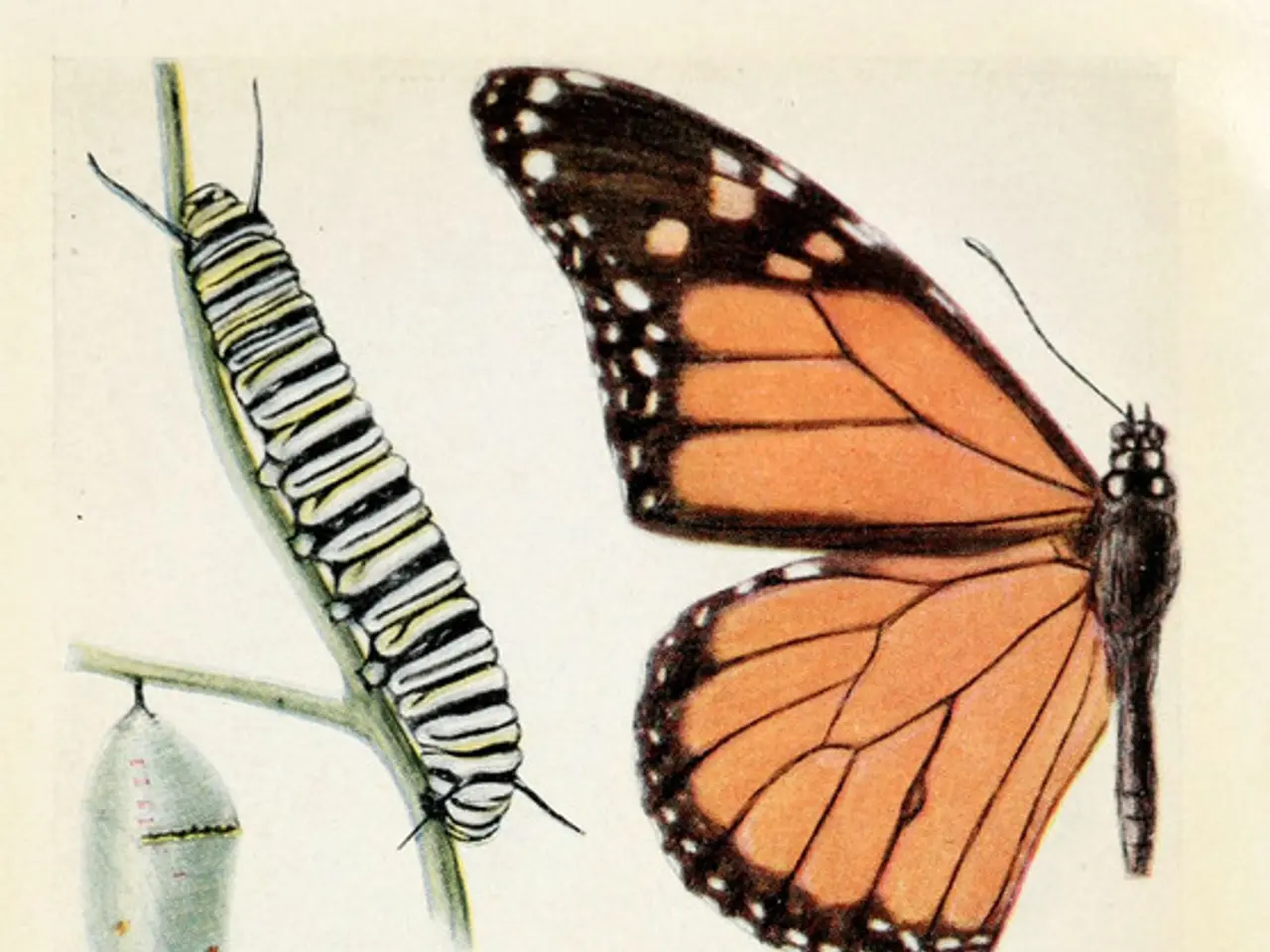Navigating Maze Paths: Slime Molds Demonstrate Brainless Problem-Solving Abilities
In the damp forests of our world, a single-celled organism named Physarum polycephalum - more commonly known as a slime mold - is proving that intelligence can take many forms. This intriguing creature, which is not an animal, plant, or fungi, but a type of protist, is captivating scientists with its remarkable abilities.
Despite lacking a brain or nervous system, the slime mold navigates mazes, solves problems, and learns from experience through a decentralized, adaptive network of its protoplasmic tubes. This network allows the slime mold to explore its environment, map out routes, and optimize pathways to food sources, all thanks to chemical and physical feedback mechanisms.
The slime mold's problem-solving skills stem from its ability to sense gradients of attractants (such as nutrients) and repellents. This enables it to avoid unfavorable areas and reinforce efficient paths. When trapped in mazes, it gradually retracts less efficient routes and strengthens connections along the shortest or most resourceful pathway, demonstrating a form of spatial memory encoded in its network structure rather than a neural system.
Learning from experience occurs as the slime mold alters its growth patterns in response to repeated stimuli or obstacles. This adaptation allows the slime mold to effectively "remember" previous encounters by modifying tube thickness and network connectivity to improve future navigation efficiency. This process is an emergent property of its biochemical and biophysical dynamics rather than conscious decision-making.
The study of slime molds is ongoing, with potential applications in various fields. Their behaviour mirrors the networks seen in blood vessels, tree roots, and city streets, which could lead to breakthroughs in artificial intelligence, robotics, and medicine. Slime molds have already been used to design more efficient subway routes and solve complex mathematical problems.
Moreover, their maze-solving skills have inspired the development of algorithms to optimize networks, demonstrating the practical applications of their seemingly intelligent behaviour. The intricate, vein-like patterns created by slime molds are optimized for efficiency, providing a fascinating insight into the potential of decentralized networks.
Despite their simple composition, slime molds play a crucial role as decomposers in their natural habitats, breaking down organic matter and recycling nutrients. They live in damp forests, often on rotting logs and leaf litter.
In conclusion, the slime mold, with its decentralized network and biochemical signaling, challenges our assumptions about what it means to be smart. Its ability to solve complex problems without a brain or nervous system offers a unique perspective on intelligence and could pave the way for advancements in various fields.
Artificial intelligence researchers are taking inspiration from the slime mold's problem-solving capabilities, trying to develop algorithms that emulate its ability to optimize pathways in mazes. This research could lead to breakthroughs in the field of robotics and artificial intelligence.
In the realm of medical-conditions, slime molds' decentralized network structure and biochemical signaling could have implications for science, potentially leading to the development of new treatments or strategies for managing complex medical-conditions.
The study of slime molds, with their unique decentralized intelligence and remarkable problem-solving abilities, could also impact technology, offering insights into the design of more efficient networks in areas such as city infrastructure, transportation systems, and the Internet.







